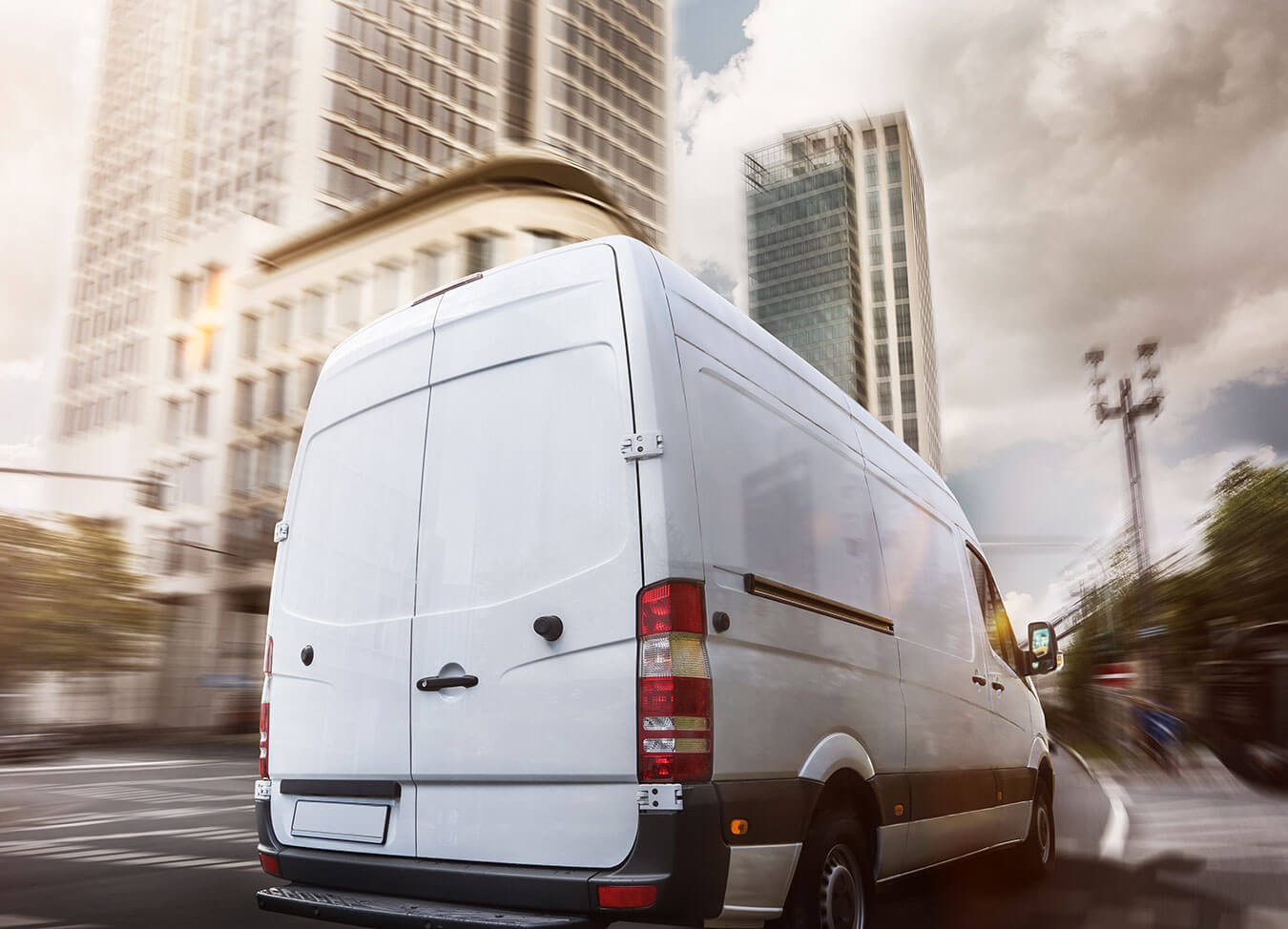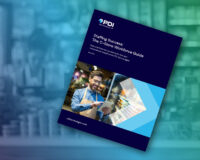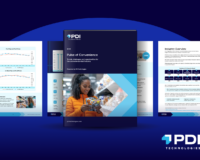
As more consumers consider e-commerce, it’s increasingly important for companies to address the emissions stemming from the last leg of a product’s journey to a consumer’s doorstep to help achieve global climate targets.
According to PDI Sustainability Solutions’ 2022 Business of Sustainability Index, 75% of Americans are concerned about the environmental impact of their purchases, and 69% will use a product’s environmental friendliness as a factor in their purchasing decision.
In addition, the Environmental Protection Agency found that the transportation sector is responsible for 27% of U.S. greenhouse gas (GHG) emissions. With e-commerce giants ramping up their delivery-model business, huge pressure has been placed on last-mile delivery systems to explore more sustainable options.
What Is Last-Mile Delivery?
Last-mile delivery is the final leg of a product’s journey to a store’s shelves or a customer’s doorstep. The vehicle making the last-mile delivery uses fuel, and its emissions put carbon dioxide into the environment, increasing a company’s carbon footprint.
Although there are electric vehicles and cleaner ways to move something from one place to another, when we’re talking about large amounts of freight, alternate fuel isn’t often an option.
The Growing Focus on Last-Mile Delivery
There are plenty of carbon offset programs a company can leverage to counteract the emissions a vehicle gives off during last-mile delivery. By buying the exact amount (or more) in certified carbon credits, you’re effectively offsetting your carbon footprint, making your trip carbon neutral.
PDI Sustainability Solutions’ approach to carbon-neutral delivery provides a non-disruptive solution to minimize the carbon footprint from e-commerce and last-mile fulfillment using certified carbon offsets to bridge the gap to a more sustainable future. PDI calculates and neutralizes vehicle emissions on deliveries for retail and commercial partners. This relationship enables PDI clients to meet corporate sustainability targets while addressing the growing consumer demand for more environmentally friendly delivery options.
Ways to Improve the Footprint of Last-Mile Delivery
While offsetting your carbon footprint is one way to reduce your carbon footprint, there are other strategies you can employ alongside these efforts.
Pack trucks thoroughly
Any space you leave empty within the cargo area decreases the efficiency of a delivery. Even though it adds more weight to the truck, and may raise carbon emissions for that one delivery, you’re still getting everything delivered in one trip, rather than having to make two trips. The distance will end up being less overall, so pack the cargo space as full as possible.
Plan routes efficiently
Reviewing the delivery routes of your drivers may also present opportunities to decrease a vehicle’s carbon footprint. Are drivers taking the most direct route to get from the warehouse to the final destination? How many stop lights do they hit, and is there a route with fewer? Are deliveries grouped together in the most efficient way possible? Are drivers doubling back at any point?
Checking delivery vehicles against all of these questions can help highlight inefficiencies within delivery routes, enabling you to shorten some last-mile delivery paths and reduce the amount of time trucks are on the road.
Modify refrigeration technology
If your company delivers products that must be refrigerated along the way, your last-mile delivery emissions are much higher. These trucks are using fuel to power the vehicle itself and keep the cargo area temperature-controlled. Offsetting this extra carbon output can be very costly.
An alternative is to modify the refrigeration technology. Refrigeration units that meet the Environmental Protection Agency’s Tier 4 emissions standard require less fuel and produce fewer carbon emissions.
Individual Consumer Delivery Considerations
If your company isn’t one that makes huge deliveries to retail locations, but rather to individuals, you can offer additional ways to reduce your carbon footprint. These include:
- Bundling multiple purchases and setting a weekly delivery date for customers
- Making it easy for returns to get picked up by drivers already passing by on their delivery route
- Offering parcel lockers in a central location to avoid having to make multiple delivery attempts
- Incentivizing customers who don’t rush their delivery
Ways to Reduce Your Carbon Footprint at Every Step
Companies today are striving to show consumers how environmentally conscious they are. That often means talking about packaging choices and the way in which they’re modifying manufacturing processes and dealing with waste. Leaving out last-mile delivery in this sustainability strategy is a big mistake.
Last-mile delivery offers you the opportunity to reduce your carbon footprint and shows consumers you’re thinking about ways to improve sustainability at every point of the supply chain.
You can thrive in today’s digital economy. Contact us today to learn how we can help you transform your business.


